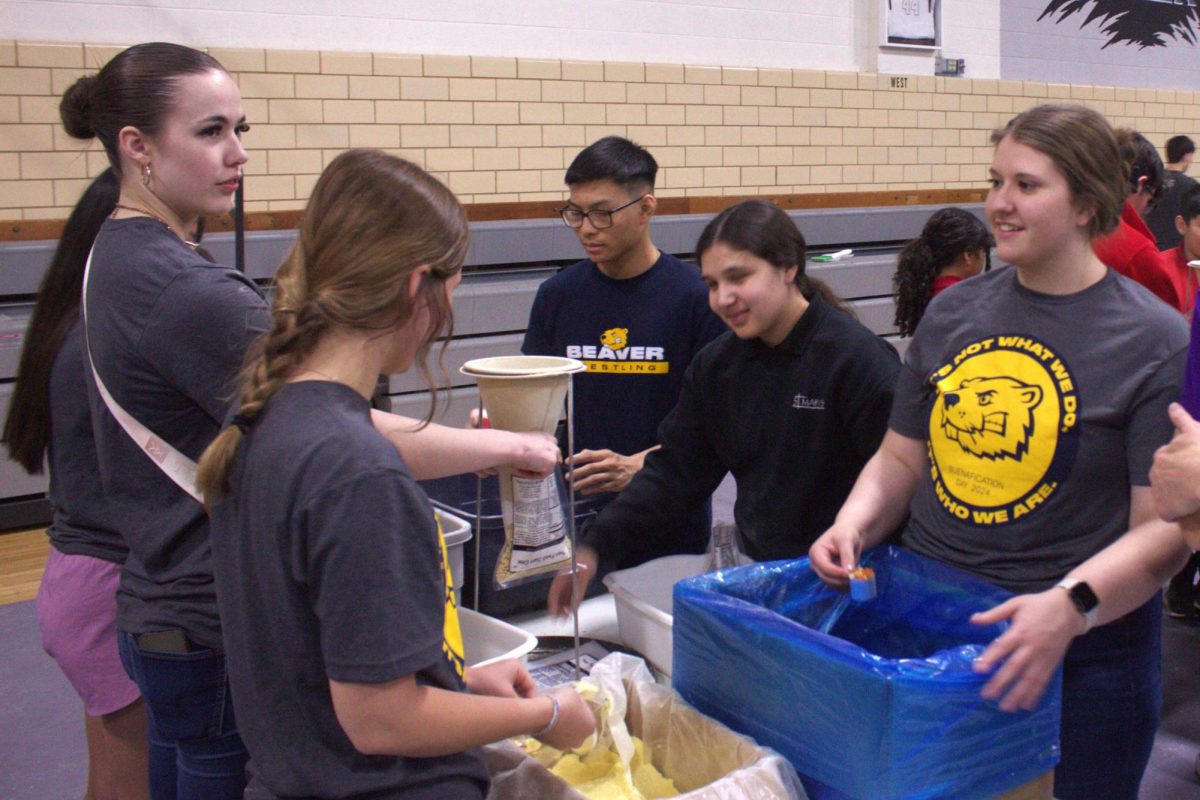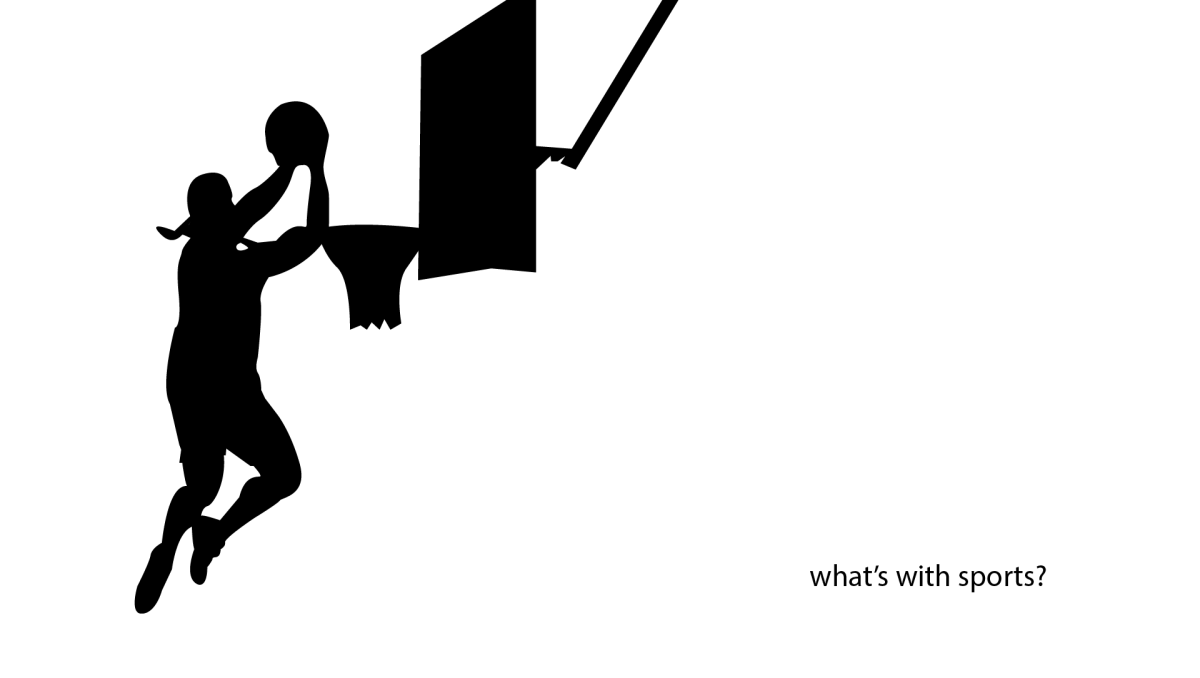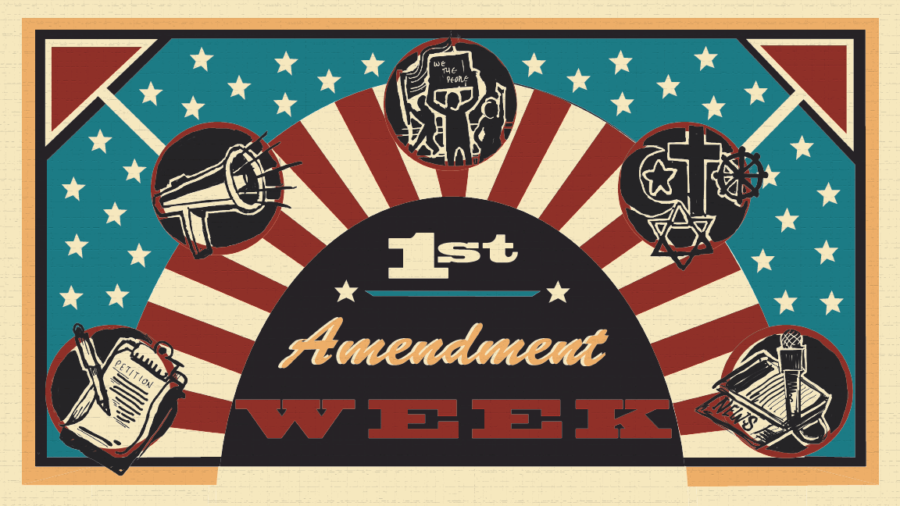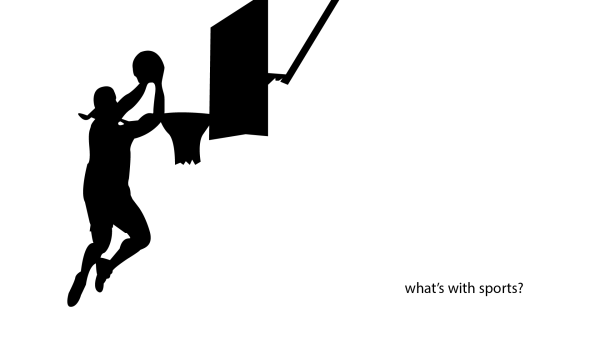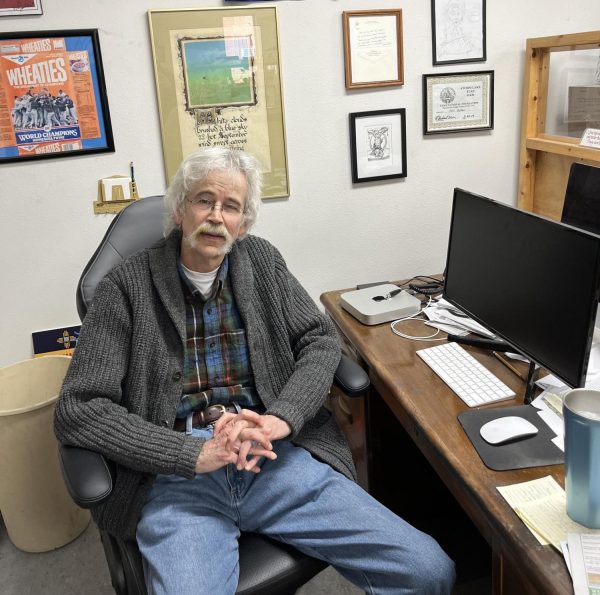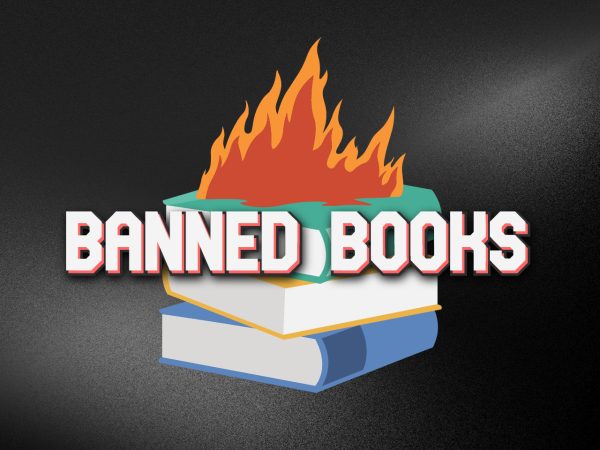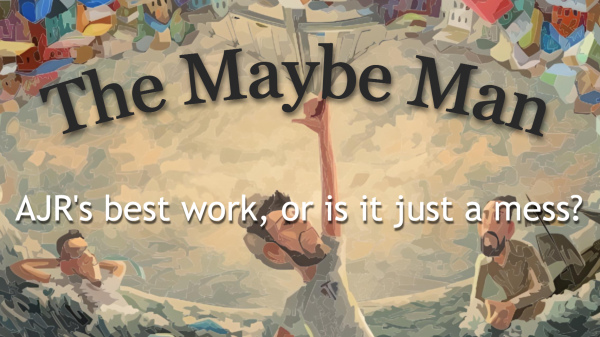Fans in sports: The Good, The, Bad, and The Ugly
Part III The Ugly
October 9, 2020
Welcome back to the second part of the saga looking at the all-time craziest fan and player interactions in the history of sports. In parts I and II we looked at the good and the bad side of the interaction, whereas today I will walk you through the three ugliest interactions between players and audience members throughout history. Just in case you are wondering, the difference between bad and ugly is the bad moments were intentional actions, whereas the ugly moments were either accidental or were set in motion by an act of God.
#3 The Pittsburgh Steelers vs. the… College All stars? (Exhibition Football), July 23rd, 1976, Chicago, IL
If you follow the NFL at all, you might have heard the humorously asked question, “Who would win between The Cleveland Browns and the University of Alabama (A college team)?”. As ridiculous as it sounds, once upon a time, something similar happened. The defending Super Bowl or NFL champions played a group of college all stars in an exhibition matchup for charity. This happened every summer from 1934-1976 and the 1955 matchup saw Cleveland lose 30-27 (So there’s your answer Browns fans). The game was competitive for a while after but in 1976, the NFL had not lost to the College All-stars since 1963 when Vince Lombardi’s Packers took the game too lightly and lost, displeasing coach Lombardi very much. NFL coaches had no intention of suffering the humiliation of becoming the first team to lose the game since then. To make sure the Steelers wouldn’t lose, head coach Chuck Noll decided to play many of his starting players. It was a daunting task for a group of college players to stand a chance of beating a team that included eventual hall of famers such as Jack Lambert, Jack Ham, and Joe Greene. As you can imagine, it was a massacre. Several injuries were suffered by college players, including injuries that sidelined their starting and back-up quarterback. It was ugly.
I’m sure the 20-22-year-old college players were on the sidelines praying that the game would end before anybody else would get hurt. Perhaps God was listening because in the third quarter, a horrific thunderstorm broke out over Soldier field that could have rivaled the opening of the Ark of the Covenant in Raiders of the Lost Ark. Whether they were disappointed that they couldn’t see the game properly, or just drunk and bored, hundreds of fans stormed the field and proceeded to fight and riot like the people of Gotham did the final showdown in the Dark Knight Rises. The game ended in the third quarter, with the Steelers winning 24-0. Thanks to the weather and the disgraceful actions of the fans, NFL commissioner Pete Rozelle announced that this game would be the last played between the All Stars and the NFL champions. A shame, because I am positive that a game played in July for charitable causes between a group of college stars and the defending Super Bowl champions would raise a fortune.
#2 Disaster at the Derby (Horse Racing), June 4th, 1913, Surrey, U.K.
The 1913 Epsom Derby became synonymous with the history of politics and women’s suffrage. In 1913, women in the U.K. did not yet have the right to vote but the women’s suffrage movement (Suffragettes) did everything in their power to attempt to change that. They made their name well known throughout the nation with their passionate political protests, many of which resulted in arrests. None quite had the historical significance of Miss Emily Davison’s protest on June 4th, 1913. With many important British political and royal figures in attendance, such as King George V and Queen Mary, Davison took the opportunity to further advance the suffragette cause at the Derby.
Whilst the race was underway, Davison crept under the railing separating the audience from the track, which was located on a sharp bend. She walked onto the track as the horses came towards her and stepped in front of the King’s horse, Anmer, who was ridden by jockey Herbert Jones. The horse made no attempt to slow down, it maintained its speed of what would have been approximately 35 miles per hour and bulldozed Davison, knocking her unconscious causing the horse and jockey to fall over. Anmer suffered a bruised shin but was able to race again and Herbert suffered injuries but made a full recovery. Emily Davison sadly died in hospital four days later, creating major newspaper headlines nationwide and raising great awareness for the Suffragettes. It has long been debated amongst historians as to whether Davison intentionally gave her life to for the cause or not but her most famous quote suggests she did:
“The idea in my mind was one big tragedy may save many others.”
You make what you will of her words but the fact remains that Emily Davison is a true martyr, somebody that died for a cause they believed in and her sacrifice, intentional or not, paved way for the legal right for women to vote 15 years later.
#1 The Le Mans tragedy (Motor racing), June 11th, 1955, Le Mans, France
The Le Mans tragedy refers to the catastrophic, accidental event that took place during the 24-hour long race. While it is still a popular competition today, in the 50s and 60s, Le Mans was the most exciting and stimulating event on the motor sporting calendar. So much so that a quarter of a million spectators flocked in to see the magnificently built automobiles, belonging to the likes of Jaguar, Mercedes-Benz, Aston Martin, and Ferrari.
On the 35th lap of the race, whilst approaching a corner, Mercedes Benz driver, Pierre Levengh saw an opportunity to overtake Austin Healey driver Lance Macklin. Macklin had managed to find himself behind Jaguar driver Mike Hawthorne, who reduced his speed to proceed to a pit stop. This was unexpected to the other drivers as there were no designated pit stop lanes at the time. Macklin made an immediate left turn to overtake, heading into the lane that featured Levengh’s Mercedes zooming down the track at a ferocious speed of 125 miles per hour (this was 1955 let’s not forget).
These unfortunate events lead to Levengh smashing into the left taillight of Macklin’s Jaguar. Levengh bounced off the Jaguar and furiously collided into the bottom of the stands, of which several thousand spectators were sat behind. The Mercedes exploded! Killing Levengh instantly and firing deadly pieces of the car’s interior engine and exterior shell into the crowd. The disaster took the lives of 84 spectators and injured an additional 120. The spectator deaths could have been avoided but Mercedes decided to build this particular model partially from magnesium alloy. Magnesium alloy happens to extremely combustible, or in other words, highly flammable. The guilt from Mercedes lead them to the decision to withdraw from the tournament. Macklin’s Austin Healey also collided with the wall and was damaged beyond repair, but he miraculously walked out of the car without so much as a scratch. This was no doubt a terrible accident, but accidental or not should be remembered as the single worst (or ugliest) fan / player interaction in the history of organized sports.
Thank you for reading ladies and gentlemen! As always, I hope you enjoyed, and I hope you learned something. This saga was more challenging to write than some others as it included sports that went outside of my usual area of expertise, so if there are any readers that disagree with something I’ve written or think I have missed out any events that belong on either of the three lists, I encourage you to let me know.




